As the sun dipped below the horizon, casting a golden glow over the suburban neighborhood, Emily sat on the porch, her mind swirling with thoughts. She had just finished a long day of caring for Mrs. Henderson, an elderly woman in her nineties who struggled with dementia. Emily loved her job, but today had been particularly challenging. Mrs. Henderson’s daughter, Susan, had visited and left visibly upset, frustrated by her mother’s decline and the perceived lack of progress. Emily knew that effective communication was crucial to easing these tensions and ensuring the best care for Mrs. Henderson.
The Importance of Communication
Caregiving is not just about tending to the physical needs of the elderly; it is also about building a bridge of understanding and trust with their families. Effective communication helps manage expectations, provide emotional support, and create a unified care approach. For Emily, understanding this was the first step towards improving her interactions with Susan and other family members.
Understanding Emotional Dynamics
One of the most significant challenges in caregiving is navigating the complex emotions involved. Families often experience guilt, frustration, and sadness as they watch their loved ones age and deteriorate. Recognizing and empathizing with these emotions is essential.
The Story of Emily and Mrs. Henderson
Emily remembered the first time she met Susan. She had been defensive and anxious, worried about leaving her mother in someone else’s care. Over time, Emily realized that Susan’s emotions stemmed from a deep sense of guilt for not being able to care for her mother herself. By acknowledging Susan’s feelings and providing reassurance, Emily began to build a foundation of trust.
Building Trust Through Transparency
Transparency in communication is vital for fostering trust. Caregivers should provide clear, consistent updates about the elderly patient’s condition, progress, and any concerns that arise.
Regular Updates
Emily made it a point to give Susan regular updates. Each evening, she would send a detailed report of Mrs. Henderson’s day – what she ate, how she responded to activities, and any changes in her behavior. This transparency helped Susan feel more involved and reassured that her mother was in good hands.
Active Listening and Empathy
Listening is just as important as speaking. Families need to feel heard and understood. Active listening involves fully concentrating, understanding, and responding thoughtfully.
The Art of Listening
One afternoon, Susan voiced her concerns about her mother’s medication. Instead of dismissing her worries, Emily listened patiently, asked clarifying questions, and took notes. She then followed up with Mrs. Henderson’s doctor to address Susan’s concerns. This act of listening and taking action demonstrated Emily’s commitment to both Mrs. Henderson and her family.
Setting Realistic Expectations
Families often have high expectations for the care of their loved ones. It is crucial to set realistic expectations to prevent misunderstandings and frustrations.
Managing Expectations
Emily held a meeting with Susan to discuss what could realistically be achieved in Mrs. Henderson’s care. She explained the progression of dementia, the challenges they might face, and the goals they could set. By setting realistic expectations, Emily helped Susan come to terms with her mother’s condition and the limitations of care.
Utilizing Technology for Better Communication
Technology can be a valuable tool for enhancing communication between caregivers and families. From video calls to shared digital care plans, technology can bridge the gap, especially when families live far away.
Embracing Technology
Susan lived in a different city, making frequent visits challenging. Emily suggested using a video call application to check in on her mother regularly. This allowed Susan to see her mother, ask questions, and feel more connected despite the distance.
Encouraging Family Involvement
Family involvement in care can improve the emotional well-being of elderly patients and provide a sense of purpose for family members.
Involving the Family
Emily encouraged Susan to participate in her mother’s care whenever possible. She suggested simple activities that Susan and her mother could do together, such as looking through old photo albums or listening to music. This involvement not only strengthened their bond but also gave Susan a sense of contribution.
Continuous Education and Training
Caregiving is an evolving field, and continuous education helps caregivers stay updated on best practices and new communication strategies.
Commitment to Learning
Emily regularly attended workshops and training sessions on dementia care and communication strategies. She learned new techniques for managing challenging behaviors and effective ways to communicate with both patients and their families. This commitment to learning helped her provide better care and improved her communication with Susan.
The Outcome: A Unified Approach to Care
Through these efforts, Emily noticed a significant change in her relationship with Susan. There was less tension, more cooperation, and a shared commitment to providing the best care for Mrs. Henderson.
A Harmonious Relationship
One evening, as they sat on the porch discussing Mrs. Henderson’s favorite recipes, Susan turned to Emily and said, “I can’t thank you enough for everything you do. I feel like we’re a team.” That moment encapsulated the essence of effective communication – building a partnership based on trust, empathy, and mutual respect.
Conclusion
Effective communication between caregivers and families is the cornerstone of quality care. By understanding emotions, building trust, actively listening, setting realistic expectations, utilizing technology, encouraging family involvement, and committing to continuous education, caregivers can bridge the gap and create a harmonious care environment.
For Emily, this journey was a testament to the power of communication. It transformed her relationship with Susan from one of tension to one of partnership, ensuring that Mrs. Henderson received the compassionate and comprehensive care she deserved. As caregivers, embracing these communication strategies can lead to better outcomes, not just for the elderly patients but for their families as well.
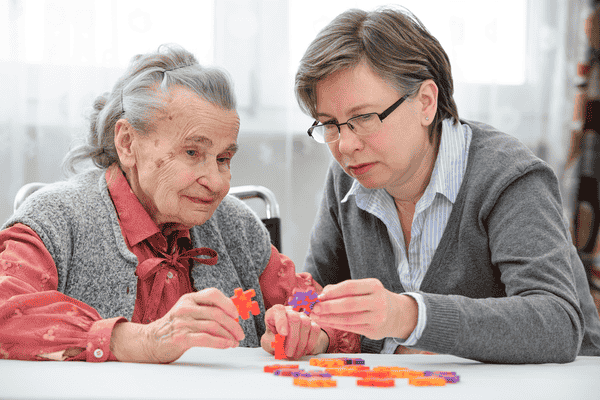

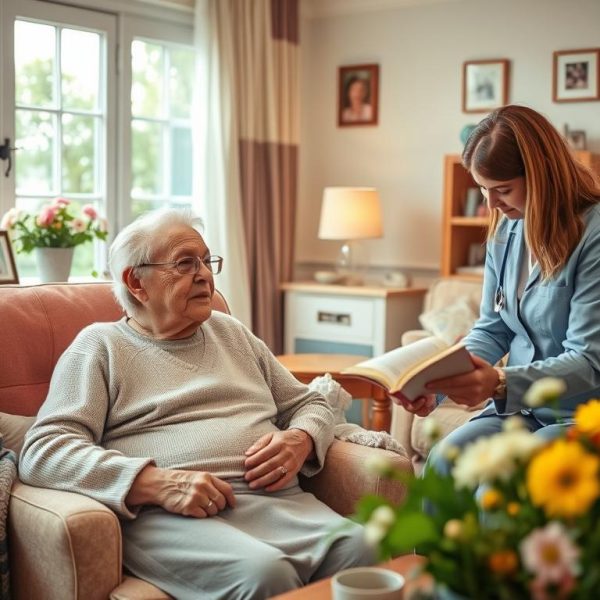
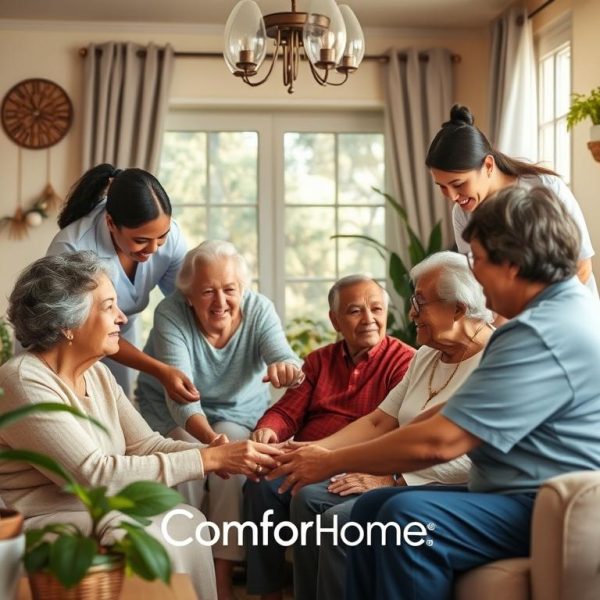
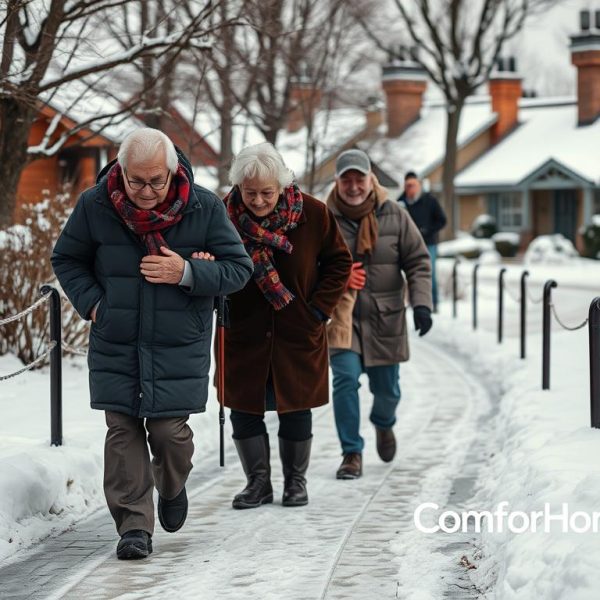
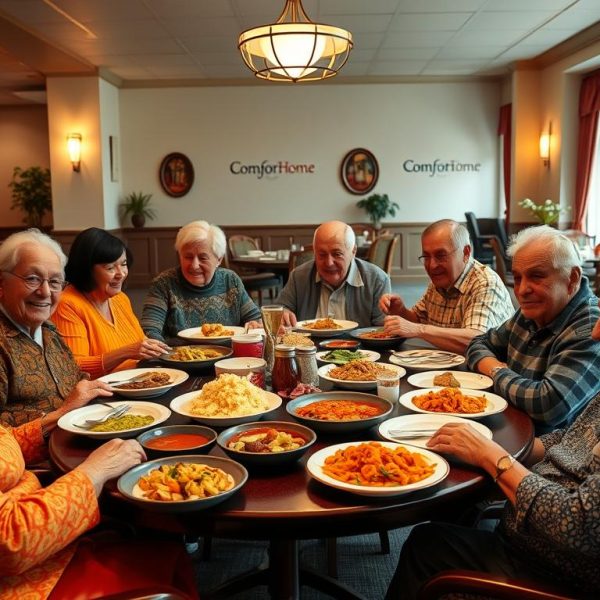

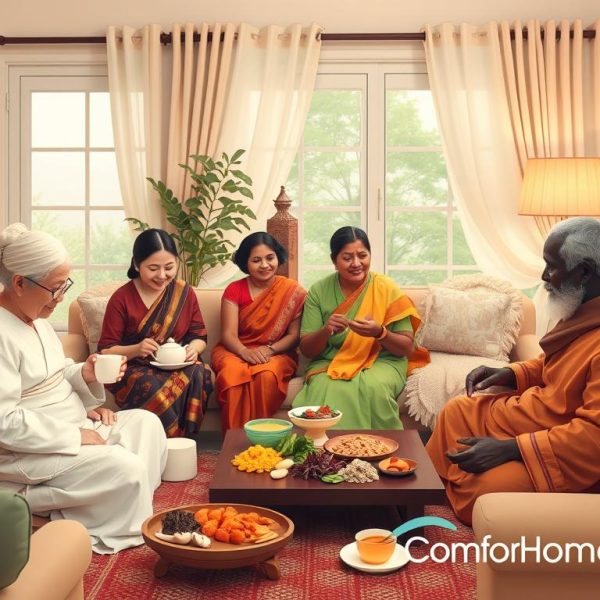
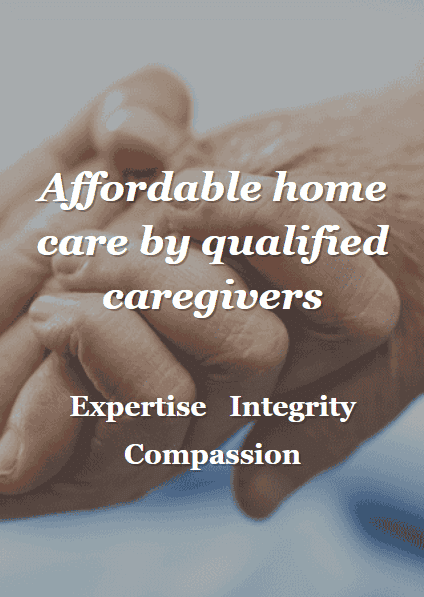
For most recent information you have to pay a quick visit the web
and on web I found this website as a most excellent site for most up-to-date updates.
I don’t know whether it’s just me or if perhaps everybody else experiencing issues with your website.
It appears as if some of the written text in your posts are running off the screen. Can someone
else please provide feedback and let me know
if this is happening to them too? This could be a problem with my web browser because I’ve had this happen previously.
Appreciate it
I used to be suggested this blog by way of my cousin. I’m not sure whether this
publish is written by him as nobody else recognise such designated approximately my
problem. You are amazing! Thanks!
Unquestionably believe that which you said. Your favourite justification seemed to be at the internet the easiest factor to have in mind
of. I say to you, I certainly get annoyed at the same time as folks think about
issues that they plainly don’t realize about.
You managed to hit the nail upon the top and defined
out the whole thing with no need side-effects
, people can take a signal. Will probably be again to get more.
Thank you
Great article, just what I needed.
Regards for all your efforts that you have put in this.
Very interesting information.
I just now wanted to thank you one more time for the amazing blog you have developed
here. It’s full of ideas for those who are definitely interested in that subject, primarily this very post.
You really are all really sweet as well as thoughtful of others in addition to the fact that
reading your site posts is a great delight in my opinion. And what generous surprise!
Ben and I are going to have excitement making use
of your points in what we have to do next week. Our record
is a distance long and simply put tips is going to be put to good use.
I know this if off topic but I’m looking into starting my own blog and was
wondering what all is required to get set up? I’m
assuming having a blog like yours would cost a pretty penny?
I’m not very web smart so I’m not 100% positive.
Any recommendations or advice would be greatly
appreciated. Thanks